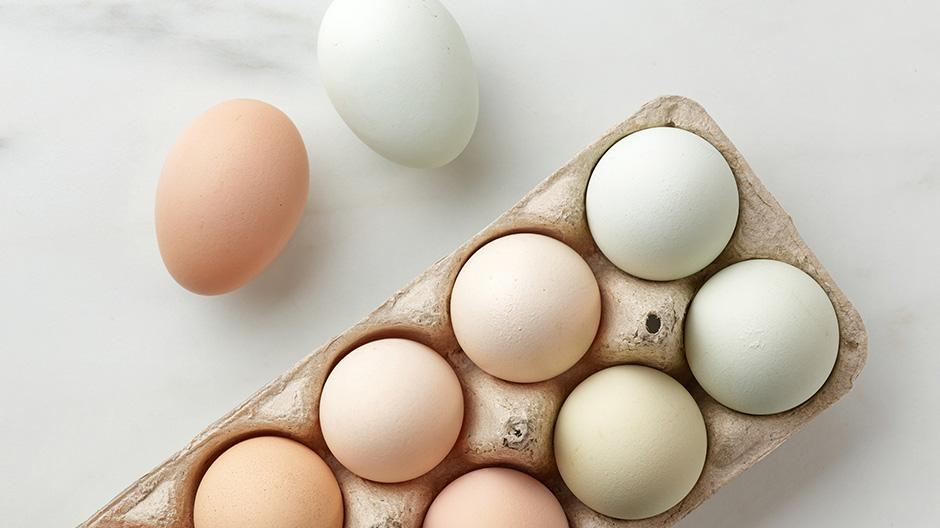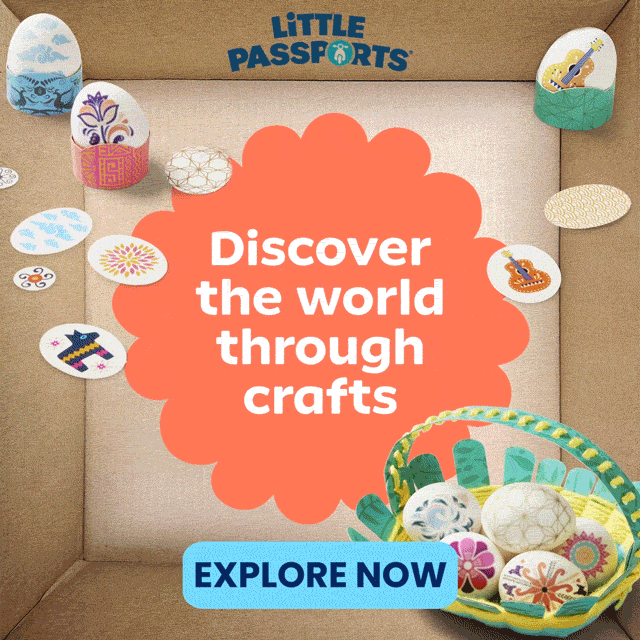Kids are natural inventors. They’re born creative, and they think outside the box all the time because they haven’t figured out what the box is yet! Over the years, kids have come up with tons of unique, useful invention ideas—from the popsicle (really!) to hydration backpacks for kids going through chemotherapy.
Even if they don’t come up with a treat that remains popular for more than a century, a lot of kids are idea factories, constantly brainstorming ideas for things that haven’t been invented yet. We took a quick office poll here at Begin and heard about kids inventing trading-card holders, cereal catapults, and more.
Looking to nudge your kids to put their creativity (one of the 5 C’s that helps them thrive in school and life) to good use?
Try these 13 invention ideas. They’re great for afternoon or weekend projects, or for students looking for new projects for school!
The Short Cut
- Kids are naturally creative, and encouraging their creativity helps them stay that way longer
- Inventing helps kids learn creative problem-solving, one of the most important skills for the 21st century
- Kids can come up with all kinds of inventions at home using everyday items
- A learning membership also gives kids chances to experiment and invent through digital and hands-on play
Why Inventing Builds Creativity

When a kid invents something, it often looks like they’re just cobbling things together randomly through play. And they usually are! But they’re also flexing their divergent thinking, an essential creative skill.
Divergent thinking involves coming up with lots of creative ideas without judgment. It’s what lets kids use things for purposes they weren’t originally designed for, like combining a toy that straps to their wrist and elastic hair ties to create a convenient, fashionable (to them, at least) way to carry trading cards.
3 Classic Invention Activities
Because inventing works so well for building creativity (plus other essential skills, like critical thinking), simple invention activities are often used in classrooms. You might recognize some of these classics from your own childhood, and they work great at home!
1. Egg Drop Challenge

What You Need
- Small cardboard box (1 per child)
- Egg (1 per child)
- Extra cardboard, tissues, rags, plastic grocery bags, cereal, rice, or other soft items
- Scissors
- Tape
What to Do
Like most inventions, the egg drop challenge starts with a problem: How can you keep an egg from breaking when you drop it? Sometimes it helps to present the challenge as a mystery, placing everything on a table and telling the kids, “You’ve got everything here you need to invent something that will keep the egg from breaking when I drop it. See what you can come up with!”
Kids usually get the hang of the challenge pretty quickly, though you might break a few eggs while they find their way. If they’re struggling, guide them toward filling the cardboard box with tissues or plastic bags fluffed up enough to slow the egg down gently when it falls.
Tips
- Do your best to let the kids be creative—they may ask if they can use items you didn’t think of. If you don’t mind discarding or washing something if it doesn’t work, go ahead and let them try!
- Try encouraging scientific thinking by asking the kids to make a hypothesis about what will happen with their invention, and why!
- To make the challenge harder, take away the cardboard box and see if the kids can invent a way to protect the egg without it.
2. Creative Marble Run

Marble runs are great toys, but you don’t need a custom-built set to make one! Kids can invent their own with things around the house and a little ingenuity.
What You Need
- Marbles
- Masking tape
- Cardboard tubes (paper towel rolls, toilet paper rolls, etc.)
- Newspaper, magazines, or other thick paper
- Plastic bottles
- Tape
- Scissors
What to Do
Like the egg drop, this one often works best if it’s posed as a challenge. Gather your materials, then make two X’s out of masking tape in the room you want the kids to work in. One X should be the marble run’s start point and the other its finish line. Then ask the kids to invent a way for the marbles to get from the start to the finish. Make sure the start is well above the finish and not too far away, then let them get creative!
Tips
- Younger kids will probably need some help with this one. You can cut the tops and bottoms off plastic bottles for them so a marble can move through, show them how marbles roll through the cardboard tubes, and teach them to make runs by folding newspaper or magazine pages into a V and securing the ends with masking tape. Then let the kids tell you which pieces to put where.
- The fastest way between the start and the finish might not take the kids too long to figure out. Once they do, try adding other challenges to keep them on their toes, like “Now try it with no cardboard tubes,” or “Now try it using at least two plastic bottles.” Or can you add additional waypoints for them with more X’s made from tape.
- Challenge older kids by not gathering the materials for them—see what they can come up with on their own!
3. Let’s Solve a Problem

Many of the best inventions start with a problem that needs to be solved. And kids, in addition to being top-notch at creative thinking, are often pretty good at identifying problems. This idea plays with that in ways that can be fun for the whole family.
What You Need
- Something to make a list with
- Timer
- Time and space for kids to invent
- Items for kids to use
What to Do
- At the start of the week, tell the kids you’re going to make a list of problems that come up, and that later you’ll make inventions to solve them. If you can, post the list somewhere the kids can see it every day.
- As problems come up during the week (“MOM! I can’t find my SHOES!”), add them to the list.
- When you’re ready to invent, get the list out and read through the problems. Challenge each kid to pick one and see how close they can get to solving it with an invention before the timer runs out. Then set the timer (we suggest 15–20 minutes depending on their age, but you know your kids best) and let them loose!
Tips
- Make sure there are a few problems on the list you think your kids have a good shot at solving. (It can help if you have an invention idea or two yourself to get them started.)
- If this activity seems too free-form for your family, try setting some limits, like “Use only things you can find in your room” or “Use only things you can find in the playroom.”
- Don’t expect a working invention as the finish of the activity. Often kids will lose interest partway through, and that’s OK! Most of the great creative thinking happens at the start of the activity, before kids run into the practical realities of not being able to find things or their ideas not working.
10 Simple Invention Ideas for Kids
Looking for even more to try? Try one of these simple invention ideas.
- Automatic toothpaste dispenser
- Slip-proof socks
- Silent shoes
- Cereal-pouring machine
- DIY earmuffs
- Backpack organizer
- Glove-drying machine
- Clothing or shoe organizer
- Toy or book dispenser
- Ball returner for soccer, basketball, or baseball
A lot of these inventions already exist, but that doesn’t mean there isn’t a benefit to kids figuring out how to create them on their own! They don’t need to invent something brand new in order to stretch their brains—they just need to go through the process of creation.
More Ways to Create with Begin

Coming up with cool invention ideas isn’t the only way for kids to stretch their creativity. With Begin’s age- and stage-matched learning membership, they’ll build projects with award-winning hands-on activity kits from Little Passports, make their own video games with codeSpark, try their hand at digital art with HOMER, and more as they develop the 5 C’s they need to thrive in school and life.
Take our online quiz and find out which stage of the Begin membership is the right fit for your family today!














